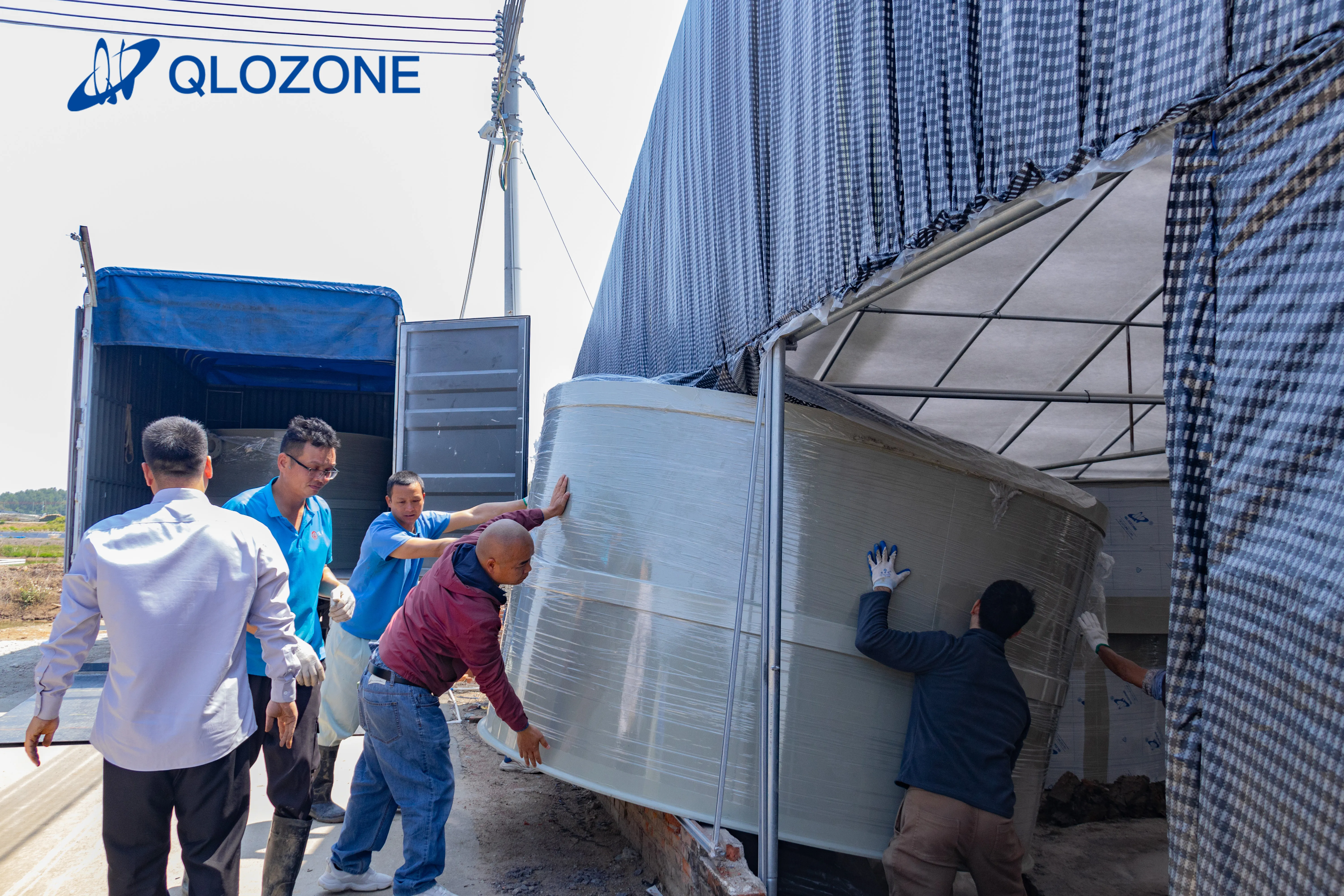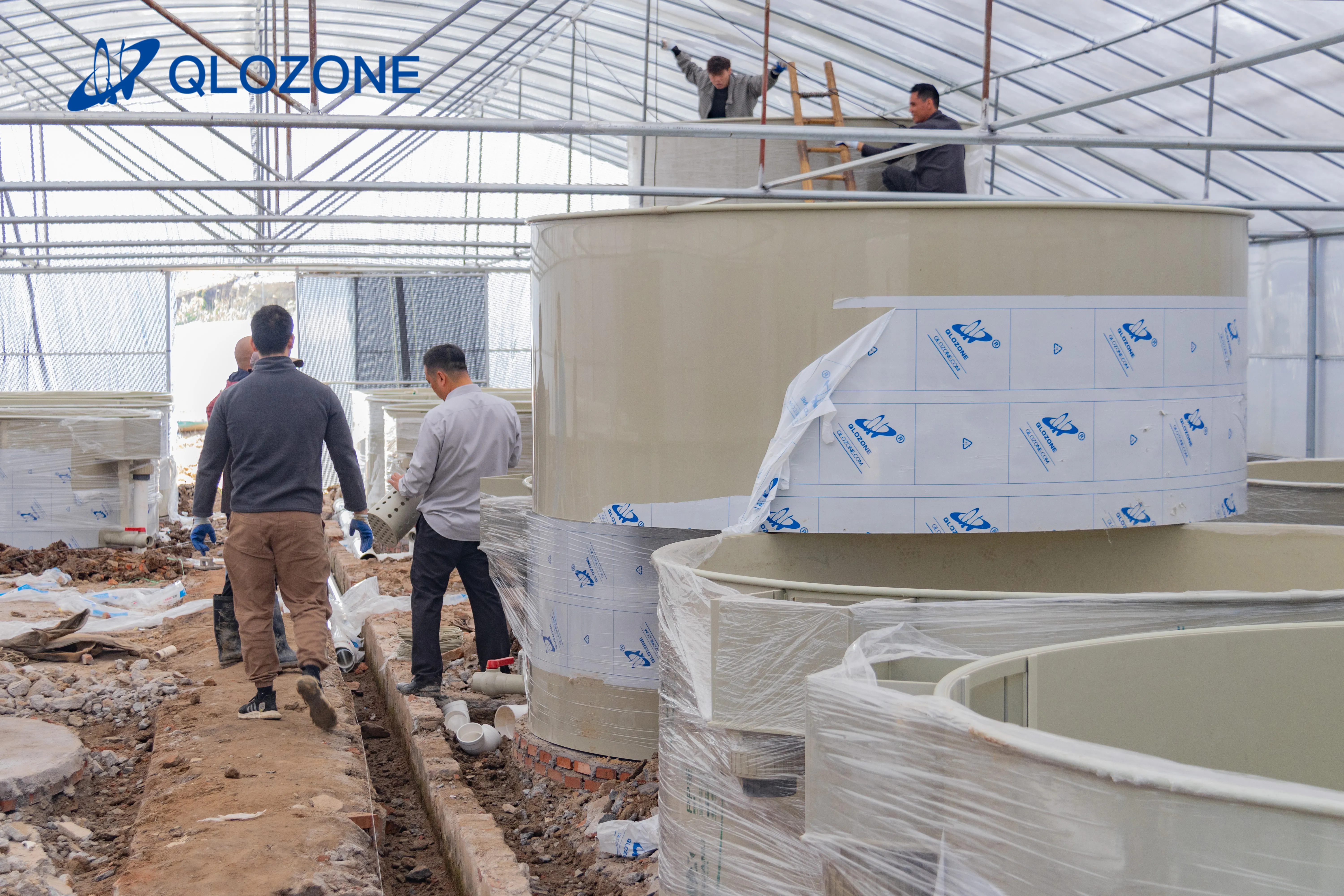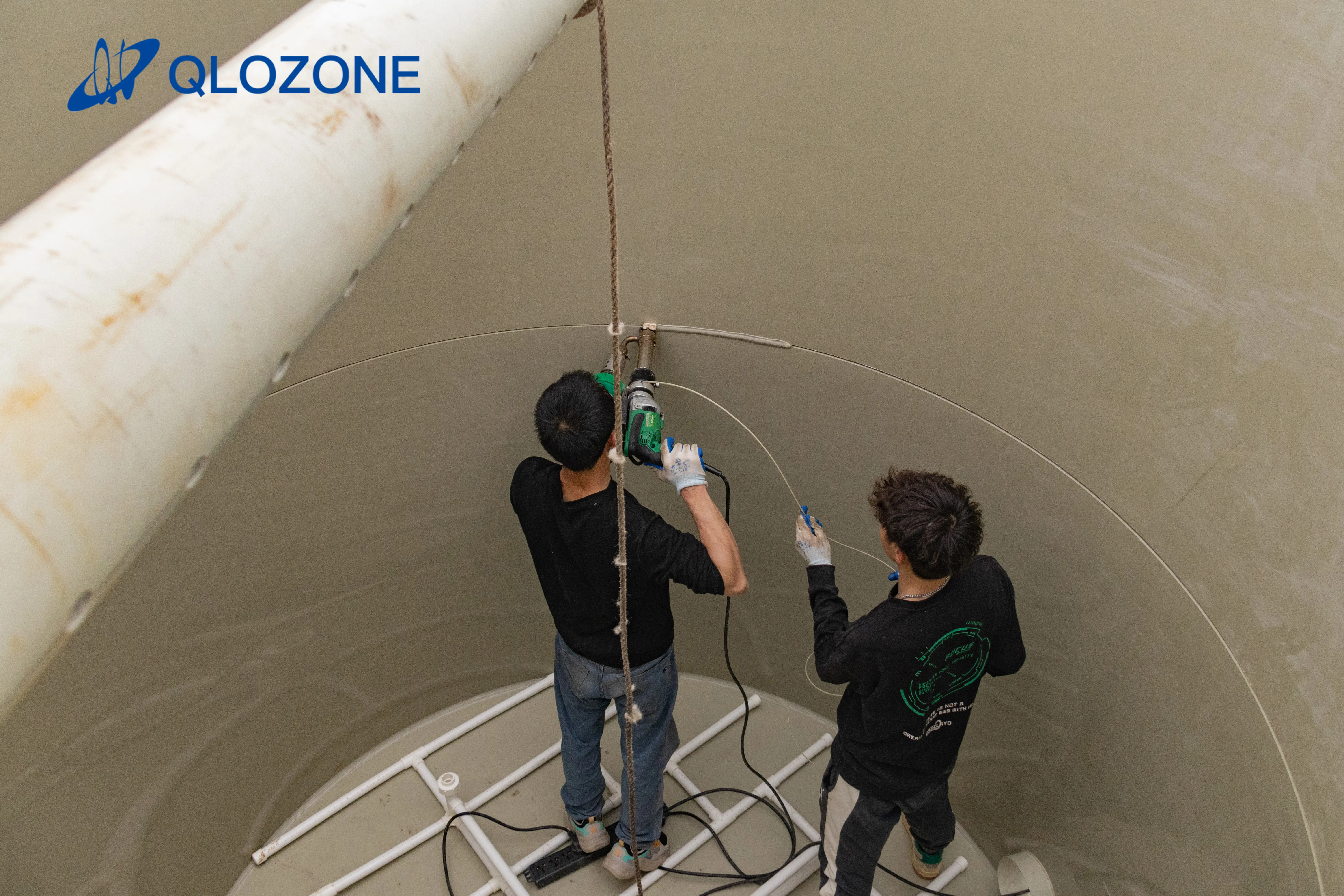Following detailed discussions and collaborative design with the customer, we are delighted that the customer ultimately selected our comprehensive System solution and equipment. The customer procured our system equipment to construct a recirculating aquaculture base for sand gobies at our facility. This initiative breaks through the constraints of traditional aquaculture practices and ushers in a new era of modern circular aquaculture.

Recirculating Aquaculture System (RAS): Enabling Modern Aquaculture and Paving the Way for Efficient and Sustainable Development.

First, Industry Pain Points: Challenges Faced by Traditional Aquaculture Models

1. Severe Water Resource Wastage: Traditional aquaculture methods consume vast amounts of water with low resource utilization rates, leading to significant waste.
2. Prominent Environmental Pollution Issues: Non-compliant discharge of aquaculture wastewater often causes eutrophication and ecological damage.
3. Frequent Diseases and Difficult Risk Management: Closed traditional systems are prone to bacterial and viral proliferation, resulting in frequent outbreaks and economic losses.
4. Low Production Efficiency and Economic Returns: Relying on manual experience, traditional aquaculture struggles to achieve high efficiency and scalable, intensive farming operations.

Second, Solution: Qlozone Recirculating Aquaculture System – Revolutionizing Modern Aquaculture.

Qlozone Recirculating Aquaculture System leverages cutting-edge biological treatment technologies and intelligent control systems to effectively address the limitations of traditional aquaculture models. It provides farmers with efficient, environmentally friendly, and safe modern aquaculture solutions.
Third, Qlozone RAS Aquaculture System Advantages:
1. Highly Efficient Water Conservation: Achieving up to 90% water reuse, significantly reducing water resource consumption.
2. Ecological and Environmental Protection: Advanced biological Filtration ensures zero-discharge of aquaculture wastewater, safeguarding the ecological environment.
3. Disease Prevention and Control: A closed-loop recirculating water system effectively isolates external pathogens, minimizing disease risks.
4. Intelligent and Automated Operations: Equipped with an intelligent control system for real-time water quality monitoring, automatic feeding, and environmental regulation.
